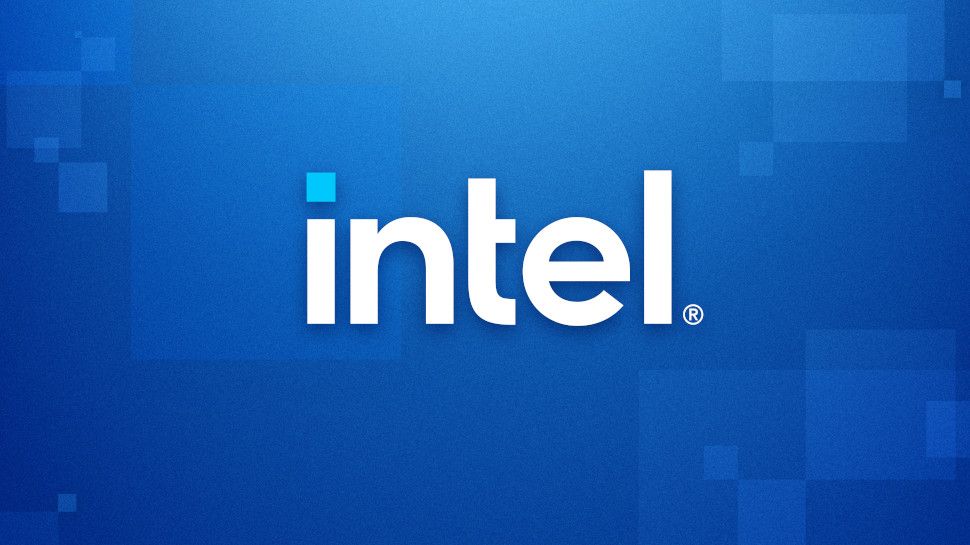Intel and the Barcelona Supercomputing Centre (BSC) have announced a €400 million investment in a new lab dedicated to developing RISC-V processors.
The facility will focus on building RISC-V-based CPUs to power high-performance computing (HPC) systems, as well as specialized chips for artificial intelligence and autonomous vehicles.
The objective is to enable zettascale-class systems, roughly 1,000x more powerful than the fastest supercomputers today, a milestone Intel is aiming to achieve within the next five years.
“High-performance computing is the key to solving the world’s most challenging problems and we at Intel have an ambitious goal to sprint to zettascale era for HPC [sic],” said Jeff McVeigh, VP & GM of Intel’s Super Compute Group.
“Barcelona Supercomputing Center shares our vision for this goal, with equal emphasis on sustainability and an open approach. We are excited to partner with them to embark on this journey.”
Intel and RISC-V
RISC-V is a free, open source instruction set architecture (ISA) built around the same design principles as Arm’s proprietary cores. At the moment, RISC-V-based processors are far less common than either Arm or x86-based chips, but the movement appears to be gaining in momentum.
The idea of Intel, the guardian of x86, embracing RISC-V-based processors may come as a surprise to some, but there is plenty of method to the madness.
The power to performance ratio achieved by Amazon’s Graviton series and other Arm-based server chips is proof enough that RISC-V could have a future at the top end of the performance spectrum, not just in low-power devices.
If Intel is to maintain its strong market position across HPC and the data center, it makes sense for the company to explore options beyond x86, even if the rise of RISC-V might ultimately lead to a drop off in licensing revenue.
The latest investment follows a $1 billion pledge made back in February, which will see Intel offer support to various companies in the RISC-V ecosystem. The focus will be on laying the foundations for modular products that make use of multiple ISAs.
As part of the same announcement, Intel revealed it would become a member of RISC-V International, the nonprofit organization that presides over the RISC-V ISA and extensions.
Intel’s new RISC-V initiates are not indicative of a drop-off in spending on x86-based designs, far from it. But they do show the company is steeling itself for a potential future in which x86 is no longer the top dog.
